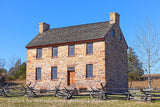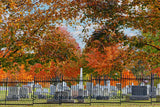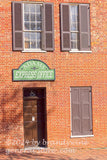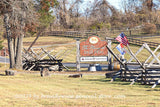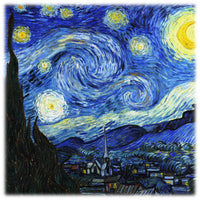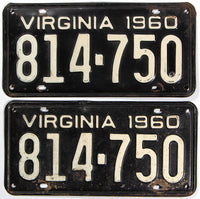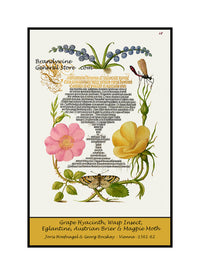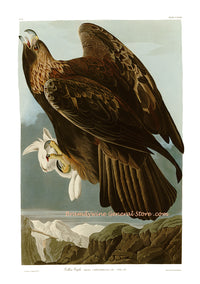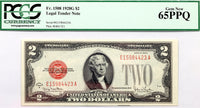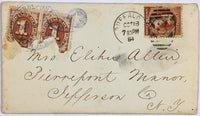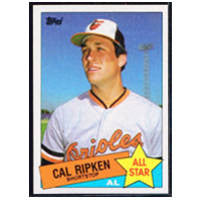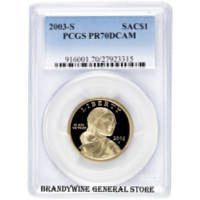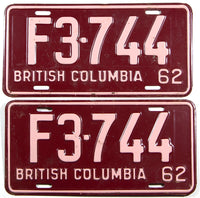American Avocet by John James Audubon art print
An archival premium Quality art Print of the American Avocet by John James Audubon for sale by Brandywine General Store. In this picture the ornithology artist shows a young bird in its first winter in a far away view, while the close up bird is an adult, most likely male. These birds are in a marshy wet area, with the birds standing on dry ground, the adult is chasing after a bug, which it is about to catch in its very long narrow beak. In the far distance beyond the young bird is a group of 4 more birds who look like they are younger yet than the one in its first winter. This large water bird was drawn by Audubon for his great ornithology book, The Birds of America and was plate or picture number 318 in the 1st Havell edition.
Recurvirostra Americana - Audubon describes the American Avoset thus "The fact of this curious bird's breeding in the interior of our country accidentally became known to me in June 1814. I was at the time traveling on horseback from Henderson to Vincennes in the state of Indiana. As I approached a large shallow pond in the neighbourhood of the latter town, I was struck by the sight of several Avosets hovering over the margins and islets of the pond, and although it was late, and I was both fatigued and hungry, I could not resist the temptation of endeavouring to find the cause of their being so far from the sea. Leaving my horse at Liberty, I walked toward the pond, when, on being at once assailed by four of the birds, I felt confident that they had nests, and that their mates were either setting or tending their young. The pond, which was about two hundred yards in length, and half as wide, was surrounded by tall bulrushes extending to some distance from the margin. Near its center were several islets, eight or ten yards in length, and disposed in a line. Having made my way through the rushes, I found the water only a few inches deep, but the mud reached above me knees, as I carefully advanced towards the nearest island. The four birds kept up a constant noise, remained on wing, and at times dived through the air until close to me, evincing their displeasure at my intrusion. My desire to shoot them however was restrained by my anxiety to study their habits as closely as possible, and as soon as I had searched the different inlets, and found three nests with eggs, and a female with her brood, I turned to my horse and proceeded to Vincennes, about two miles distant..." Audubon bird print #313



